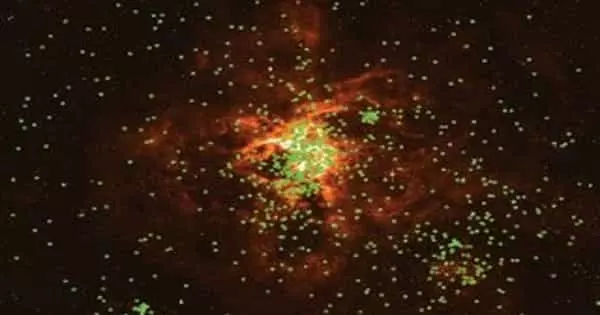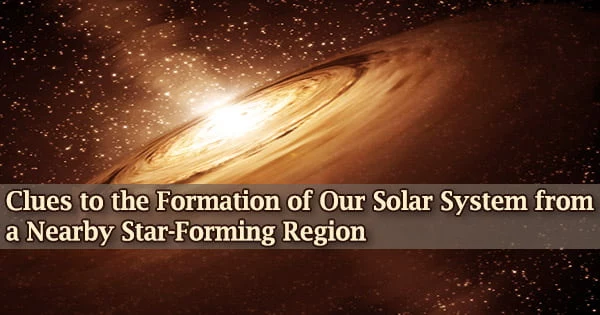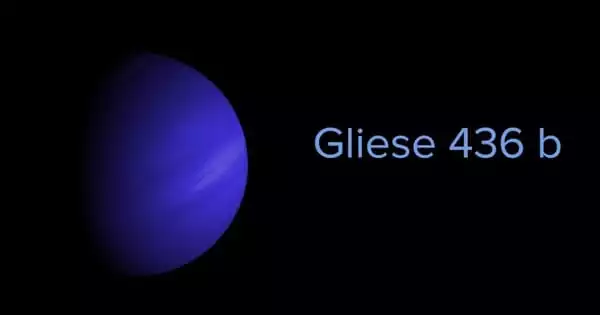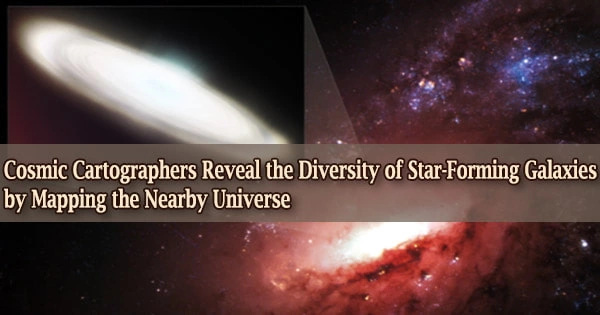Westerlund 1-20, also known as Wd 1-20, is a red supergiant (RSG) in the Westerlund 1 super star cluster. This star has a volume 899 million times that of the Sun. Westerlund 1-20 is also related to Westerlund 1-26, a red supergiant. It has a radius of around 965 solar radii (6.72 × 108 km, 4.48 au), making it one of the largest stars discovered so far. This equates to a volume 899 million times greater than that of the Sun. If placed in the center of the Solar System, Westerlund 1-20’s photosphere would almost reach Jupiter’s orbit.
The star is classified as a luminous cool supergiant, with the majority of its energy emitted in the infrared spectrum. The upper right corner of the Hertzsprung-Russell diagram is occupied by W20. The Stefan-Boltzmann law can be used to calculate its radius using the effective temperature of 3,500 K, the bolometric luminosity of 126,000 L☉, and the solar effective temperature of 5,772 K.
Westerlund 1-20, like the other red supergiant Westerlund 1-26, has an extended, cometary-shaped nebula. As a result, its morphology was most likely influenced by either the intracluster medium or the cluster wind of Westerlund 1. Both Westerlund 1-20 and Westerlund 1-26 nebulae extend outward from the cluster core and are brightest inward, indicating an outward cluster wind.
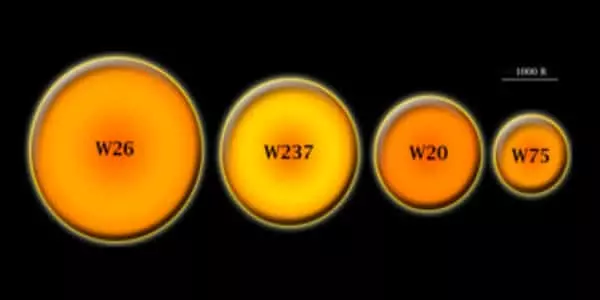
It is classified as a luminous cool supergiant, with the majority of its energy emitted in the infrared spectrum. The elliptical structure of this nebula, on the other hand, indicates that it was less affected by Westerlund 1’s cluster wind (W20 and W26 have pronounced cometary-shaped nebulae). The RSG wind’s outflow velocity is estimated to be around 30 km/s. The nebula appears to have a mass of 0.07 M☉ and a radius of approximately 0.11 R☉.
Westerlund 1 is home to some of the largest and most massive stars ever discovered. It is led by the star Westerlund 1-26, a red supergiant star so massive that if it were placed in the center of our Solar System, it would extend past Jupiter’s orbit. In addition, the young star cluster is home to three more red supergiants, six yellow hypergiants, 24 Wolf-Rayet stars, and several even more unusual stars that are still being studied. At a distance of 15,000 light-years, Westerlund 1 is relatively close to a star cluster, providing astronomers with a good laboratory to study the development of massive stars.
The star can be found in the upper right corner of the Hertzsprung-Russell diagram. The radius of Westerlund 1-237 would be 1,241 times the solar radius (R☉) with an effective temperature of 3,550 K and a bolometric luminosity of 219,000 L☉, making it larger than Jupiter’s orbit.
